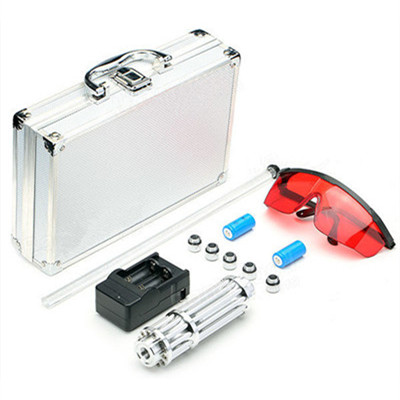The strategic positioning and product support are different: the laser pointer theater is positioned at the high end, pursuing a large-screen experience and theater effect. From the perspective of user experience, traditional brands are equipped with Fresnel optical screens. The Fresnel optical screen can effectively resist the ambient light, which can be said to be the soul of the laser theater. If it is lacking, it will not be able to meet the image quality requirements under the lighting environment. In contrast, laser micro-projection, lack of supporting screen, can not realize the true restoration of image quality, and direct projection on the wall sacrifices the image quality greatly.
The market positioning and product configuration are different: The laser theater is oriented to large spaces shared by multiple people such as living rooms, audio-visual rooms, conference rooms, classrooms, etc., with high brightness (2000-3000lm), while the laser micro-projection brightness is only 1000-1500lm, suitable for personal entertainment Small spaces such as bedrooms are marked with a brightness of 5000lm, claiming the brightness of the light source, many consumers immediately halo. Therefore, it is emphasized that the so-called 5000lm brightness of the M brand refers to the “illuminance of the light source”, that is, the original brightness of the laser light source, the untreated brightness, and the brightness commonly used in the industry refers to the final brightness after a series of optical processing such as the color wheel. Call it luminous flux. If the brightness of the light source is compared, the brightness of the laser theater light source generally reaches 12000-15000lm.
Internet brands have not yet mastered the core technology of green laser pointer display, and mainly rely on outsourcing custom development. The traditional home appliance brand has the core technology of laser display, and can independently develop, design, and produce laser optical machines, mainframes, screens and other products, and has established a complete quality control system to ensure product quality and delivery.
